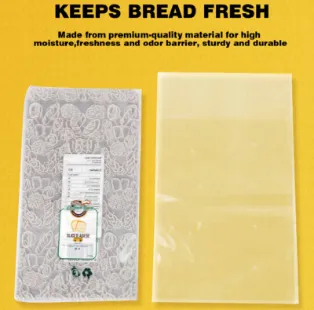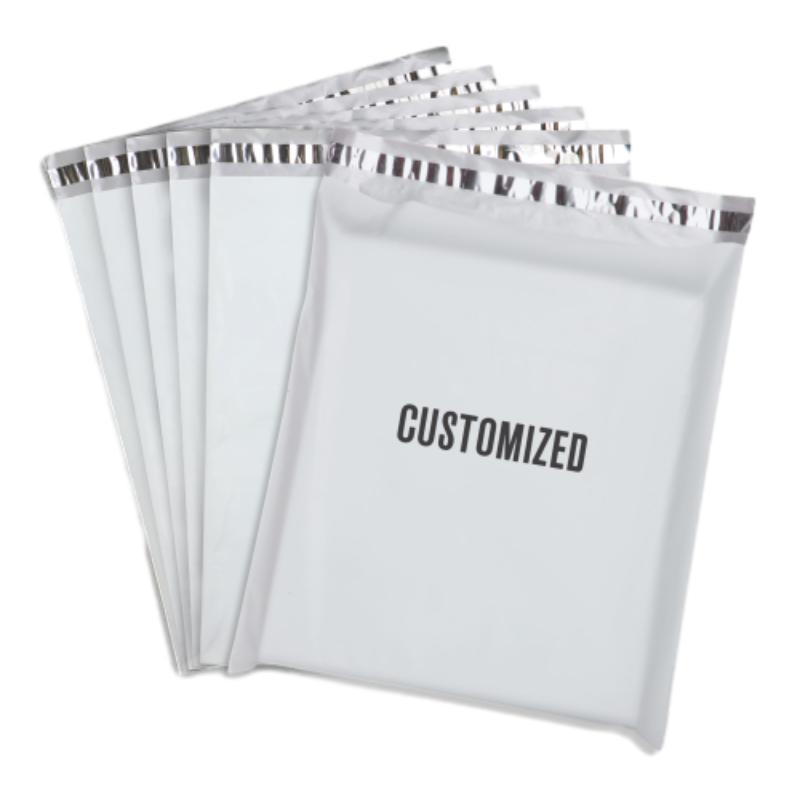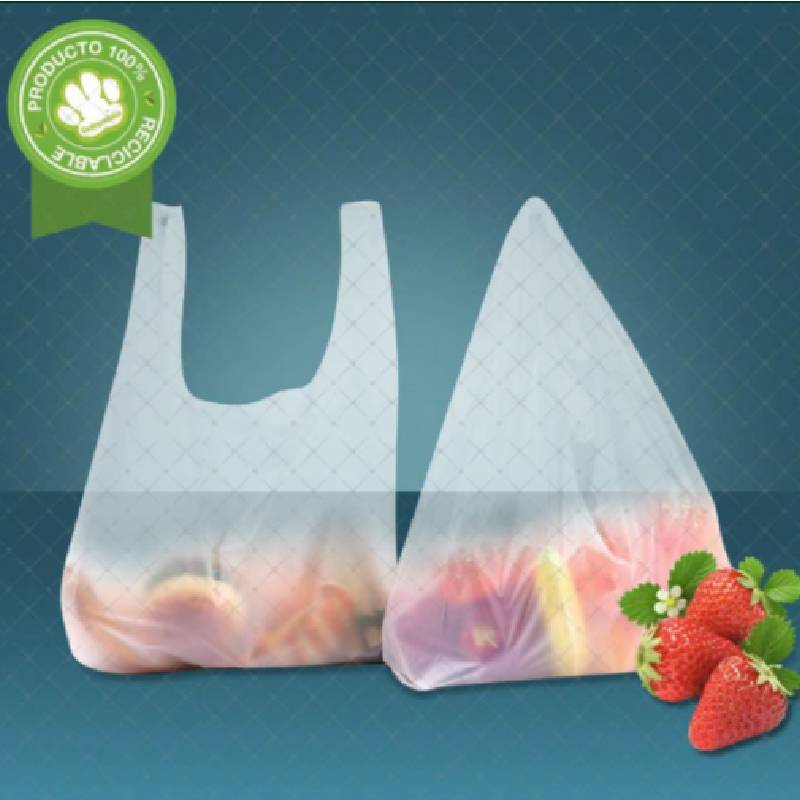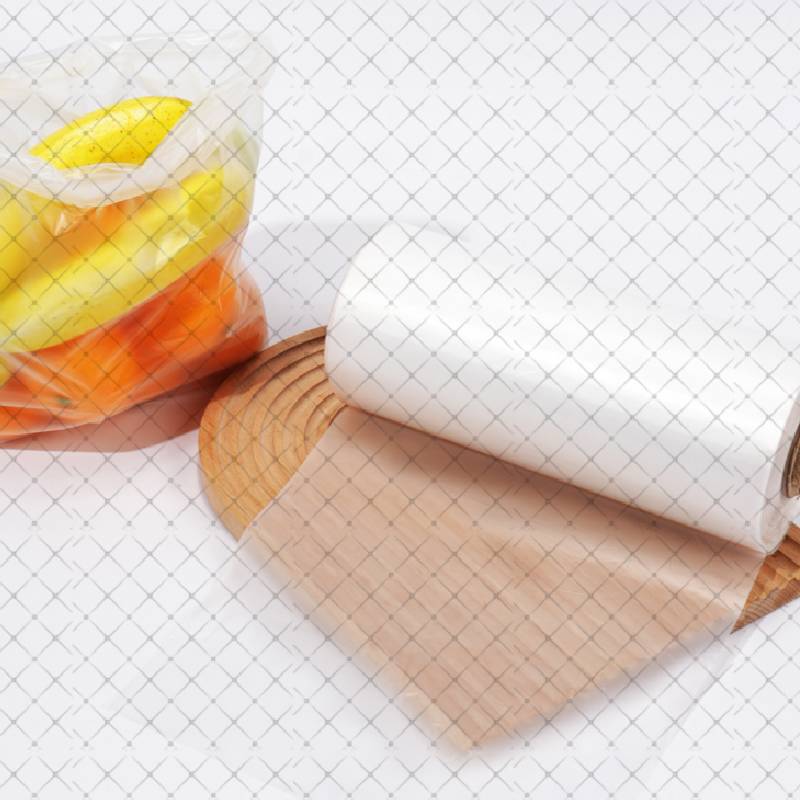BOPP Bags: Durable, Printable Packaging for Bulk and Retail Products
For businesses that need strong, attractive, and moisture-resistant packaging, BOPP bags are a top choice. From rice mills and fertilizer companies to pet food brands and retail product manufacturers, BOPP packaging has become a go-to solution for both bulk distribution and branded shelf packaging.

This guide explains what BOPP bags are, the most common types of BOPP bags, how to evaluate BOPP bags price, and what to look for when sourcing BOPP bags for sale in bulk.
What Is a BOPP Bag?
A BOPP bag is a packaging sack made using Biaxially Oriented Polypropylene (BOPP) film laminated onto woven polypropylene (PP) fabric. The result is a durable, printable, moisture-resistant bag that can carry both heavy bulk materials and branded consumer goods.
Key features:
High tensile strength
Excellent printability (up to 10-color rotogravure)
Moisture and chemical resistance
Tear- and puncture-resistant
Available in multiple sizes, finishes, and styles
BOPP bags are commonly used for:
Animal feed
Seeds and grains
Fertilizers and chemicals
Flour and rice
Pet food
Detergents
Retail dry goods
Types of BOPP Bags
Understanding the types of BOPP bags available helps you match the right bag to your product and branding needs.
1. BOPP Laminated Woven Bags
Most common structure
Woven polypropylene inside for strength
BOPP film laminated outside for water resistance and branding
Used for 5–50 kg packaging
2. BOPP Gusseted Bags
Side gussets allow for extra expansion
Ideal for bulky or irregular-shaped items
Better stacking and shelf presentation
3. BOPP Valve Bags
Designed for automated filling
Common in cement, powder chemicals, or construction materials
Includes a self-closing valve or spout
4. BOPP Handle Bags
Added D-cut, loop, or patch handle for retail carry
Combines strength and consumer convenience
Used in pet food, detergent, and boutique items
5. BOPP Transparent or Window Bags
Partially clear front panel
Allows consumer to view product inside
Popular for retail items like snacks, seeds, and specialty grains
6. BOPP Anti-Slip Bags
Textured surface to prevent slipping when stacked
Especially useful for palletizing heavy bags
Why Choose BOPP Over Traditional Bags?
Compared to kraft paper bags, woven PP bags, or PE sacks, BOPP bags offer several advantages:
Superior strength – withstand rough handling in transit
Better shelf appeal – high-resolution printing and vibrant branding
Moisture protection – keeps products dry and safe
UV stability – resists fading and deterioration in sunlight
Cost-efficiency in bulk – long-lasting and reusable options available
Customizing Your BOPP Bag
Most manufacturers of BOPP bags for sale offer full customization options, including:
Full-color rotogravure printing
Glossy or matte finishes
Anti-slip coatings or perforations
Transparent windows or QR codes
Easy-open zippers or recloseable seals
Handle and valve options
Minimum order quantities (MOQs) for custom BOPP bags typically start at 5,000–10,000 units depending on size and print complexity.
Common Sizes of BOPP Bags
|
Capacity |
Typical Dimensions (cm) |
Use Case |
|
5 kg |
30 × 40 |
Flour, sugar, pet food |
|
10 kg |
40 × 55 |
Rice, seeds, chemicals |
|
20 kg |
50 × 70 |
Fertilizer, grain, dog food |
|
25–50 kg |
55 × 85 and up |
Bulk agriculture and feed |
Many suppliers allow size adjustments based on your filling and sealing machines.
BOPP Bags Price Overview (2025)
BOPP bag pricing depends on material thickness, size, print type, and order volume. Here’s a general breakdown:
|
Bag Type |
Size (kg) |
Price Range (USD per 1,000 bags) |
|
Plain BOPP laminated bag |
5–25 kg |
$180 – $320 |
|
Printed BOPP bag (2–3 colors) |
10–50 kg |
$250 – $450 |
|
Full-color branded BOPP bag |
10–25 kg |
$400 – $700+ |
|
Handle/gusseted BOPP bag |
5–10 kg |
$500 – $900+ |
|
Transparent window bag |
2–5 kg |
$350 – $600 |
Bulk pricing kicks in at 10,000+ units, with significant discounts for container-load orders. For exporters, many manufacturers offer FOB, CIF, or EXW quotes based on destination.
Where to Buy BOPP Bags in Bulk
You can source BOPP bags for sale from:
Specialized BOPP packaging manufacturers
Plastic and woven bag factories (domestic or overseas)
Industrial packaging suppliers
B2B platforms with verified exporters
Look for suppliers that offer:
Sample availability for quality testing
Artwork support for custom printing
Reliable lead times and global logistics
Certifications (ISO, SGS, food-grade compliance, etc.)
BOPP Bag FAQs
Q1: What does BOPP stand for?
A: BOPP stands for Biaxially Oriented Polypropylene, a stretchable, printable, and water-resistant film used to laminate packaging materials.
Q2: Are BOPP bags waterproof?
A: They are highly moisture-resistant but not 100% waterproof. The BOPP film helps repel water and protect contents from humidity.
Q3: Can BOPP bags be recycled?
A: Yes, but recycling depends on the local facility's ability to process multi-layer plastic. Many bags are reusable and designed for extended use.
Q4: How are BOPP bags printed?
A: Using rotogravure or flexographic printing, which allows up to 10-color, high-resolution branding on the outer film layer.
Q5: Where can I get custom printed BOPP bags in bulk?
A: www.liyabiobag.com.
-
Trash Bags: Choosing the Right Type and Buying in Bulk for Maximum EfficiencyNewsAug.11,2025
-
T-Shirt Bags: Lightweight, Durable, and Customizable for Retail and Food BusinessesNewsAug.11,2025
-
Poly Mailers: Lightweight, Durable Shipping for E-Commerce and LogisticsNewsAug.11,2025
-
Food Wrap Rolls & Wrapping Film: Cost-Effective Freshness for Food BusinessesNewsAug.11,2025
-
Bubble Mailers: Padded, Professional, and Ready to ShipNewsAug.11,2025
-
BOPP Bags: Durable, Printable Packaging for Bulk and Retail ProductsNewsAug.11,2025
-
Have the freedom of customizing your custom mailers any way you want! Our dedicated packaging support will help deliver you the mailing experience you need to elevate your shipping experience to the next level! Start making a strong impression on your customers and stand out from your competitors! -
LIYA uses high quality raw materials which directly purchased from large enterprises domestic and overseas such as PetroChina, Sinopec, Sabic, Equate, ExxonMobil, Dow Chemical, Total, and Borouge, ensuring the price advantage and quality of the raw materials. -
LIYA uses high quality raw materials which directly purchased from large enterprises domestic and overseas such as PetroChina, Sinopec, Sabic, Equate, ExxonMobil, Dow Chemical, Total, and Borouge, ensuring the price advantage and quality of the raw materials.





